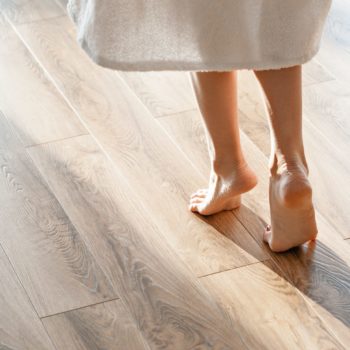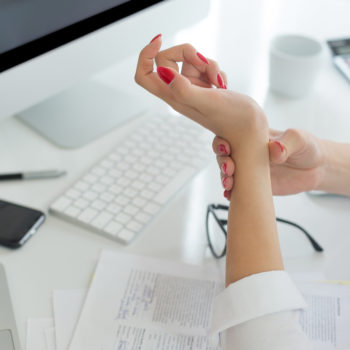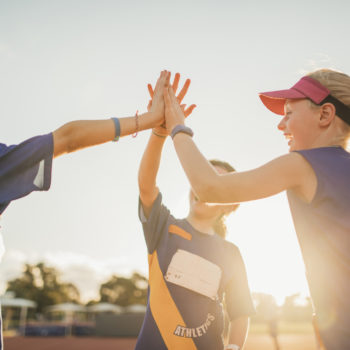Constantly curved on your smartphone, hunchbacked for shyness or laziness. Today’s kids and teenagers face more back problems than ever before: from scoliosis to lordosis to kyphosis. The reason? The lack of mobility and laziness that keeps them glued to electronic devices and away from the healthiest activities such as team sports and individual training. Professor Nicola Portinaro, head of Paediatric Orthopaedics at Humanitas and professor at the Faculty of Medicine and Surgery at the University of Milan, explains the importance for children to do physical activity every day, especially in order to improve a bad posture.
Digital and postural revolution
The end of the twentieth century has brought a revolution in posturing, rather than cultural. The relationship between man-computer-smartphone, in addition to changing habits and entire economies, has also changed the world physically. And the first reflection of this change is on posture.
“Digitization has changed our world and the world of the very young has inevitably changed – said Professor Portinaro -. Like any form of progress we cannot oppose but we must adapt, keeping some points still: children need to move every day so that their entire body will be used constantly. A minimum of daily physical activity is essential for the good health of bones, muscles, heart, respiratory system, joints and tendons. Better if they practice a sport, from swimming to tennis to fencing as long as they have fun.
Let them try various activities and choose freely: the commonplace has been dispelled on some sports considered “asymmetrical”, such as tennis, which if played twice a week is fine, because it stimulates the coordination of eye-hands-feet and promotes flexibility thanks to the continuous changes in posture. The children are stimulated if an activity is practiced with a parent: an example is my three daughters, who since they were young have practiced Krav Maga, a technique of self-defence invented by the Israeli army that combines coordination and speed. We all signed up together but then they continued on their own”.
The transport for getting to school is important
“It would be enough if the children went to school by walk or by bicycle – suggested the specialist -. Do not accompany them in the car: they will sit for five or six hours and then maybe they will stay all afternoon with their grandmother who certainly does not fight to limit the use of smartphones. So what happens to the body? A kyphotic attitude appears (with a hump): the neck is bent, the shoulders forward. The posture should be changed periodically, should not be kept fixed for hours. The good news is that the memory of muscles and bones is built and fixed from ten to twenty years of age. There’s plenty of time to make up for it, but it’s better to play in advance.
When do we have to worry? “If we tell a boy to ‘stand straight’ and he can’t do it then it is necessary to take measures – said the specialist -. Depending on the clinical picture I recommend more movement or physiotherapy: stretching and training exercises, combined with exercises to strengthen the muscles of the back. It’s called Global Postural Rehabilitation. Better if you then abandon your smartphone in favor of the tablet: being larger, it promotes a straight posture, because you can keep it at a distance, at eye level, without bending. When you do your homework, the proportion between the height of the chair and the height of the counter is certainly important: the elbows should rest at 90 degrees but the boy must commit to stay straight”.










